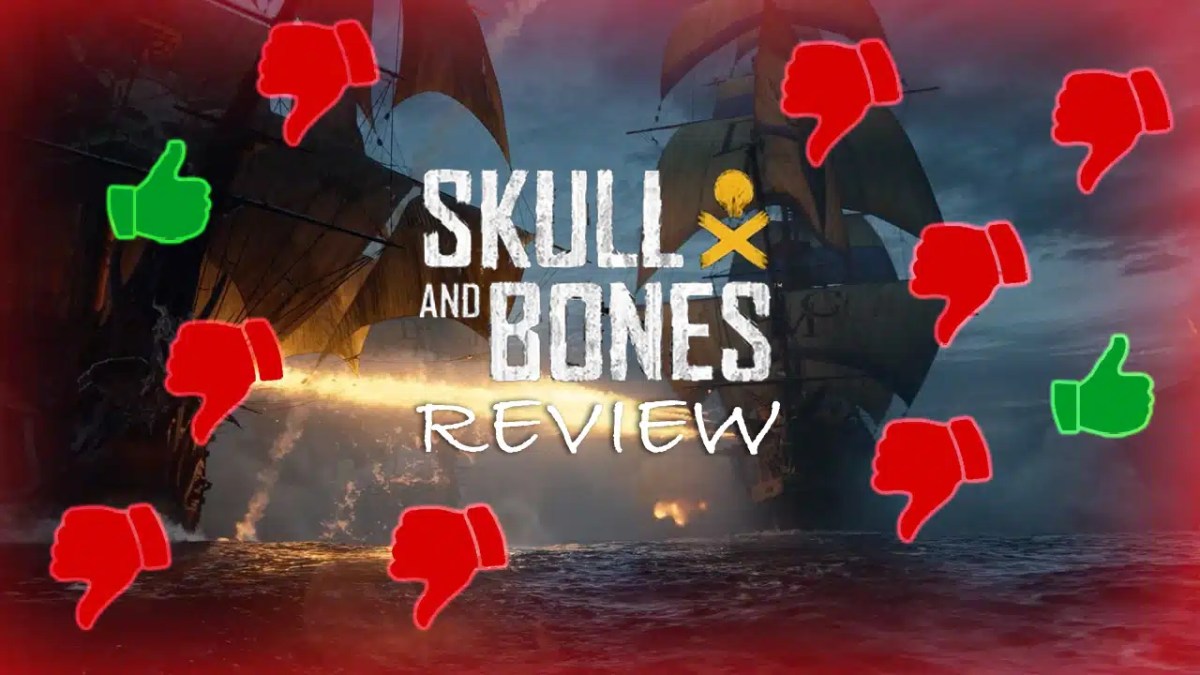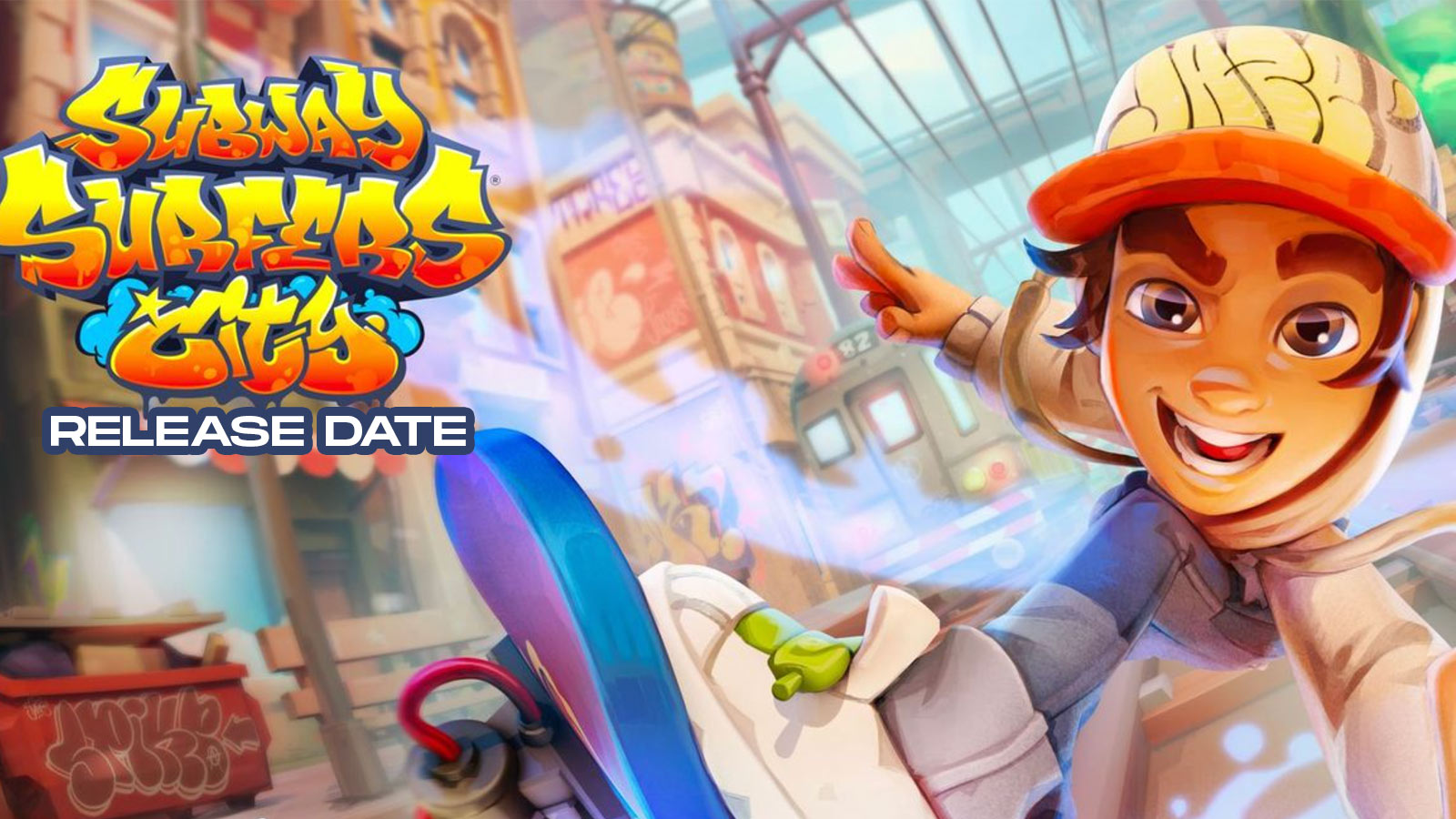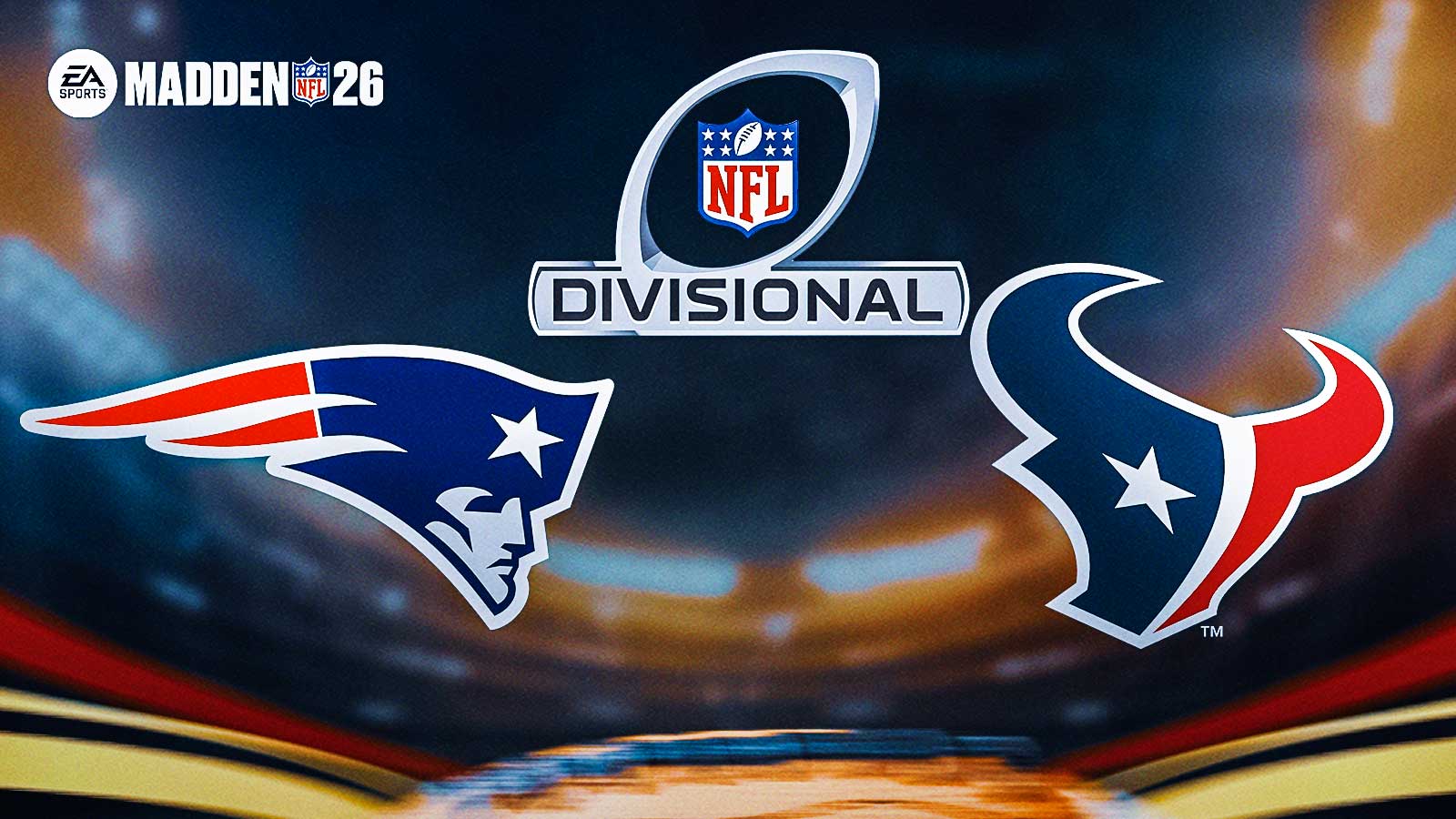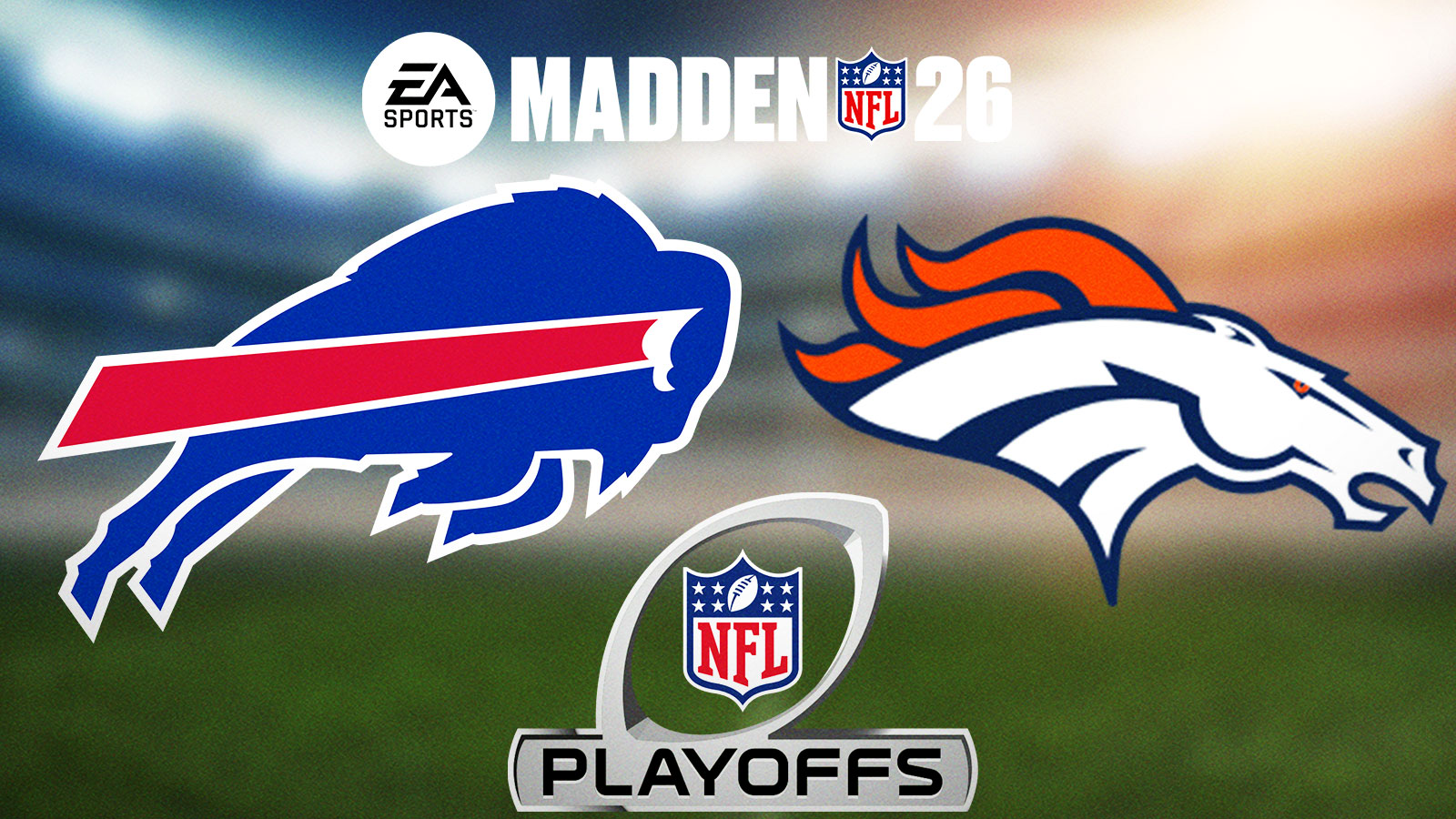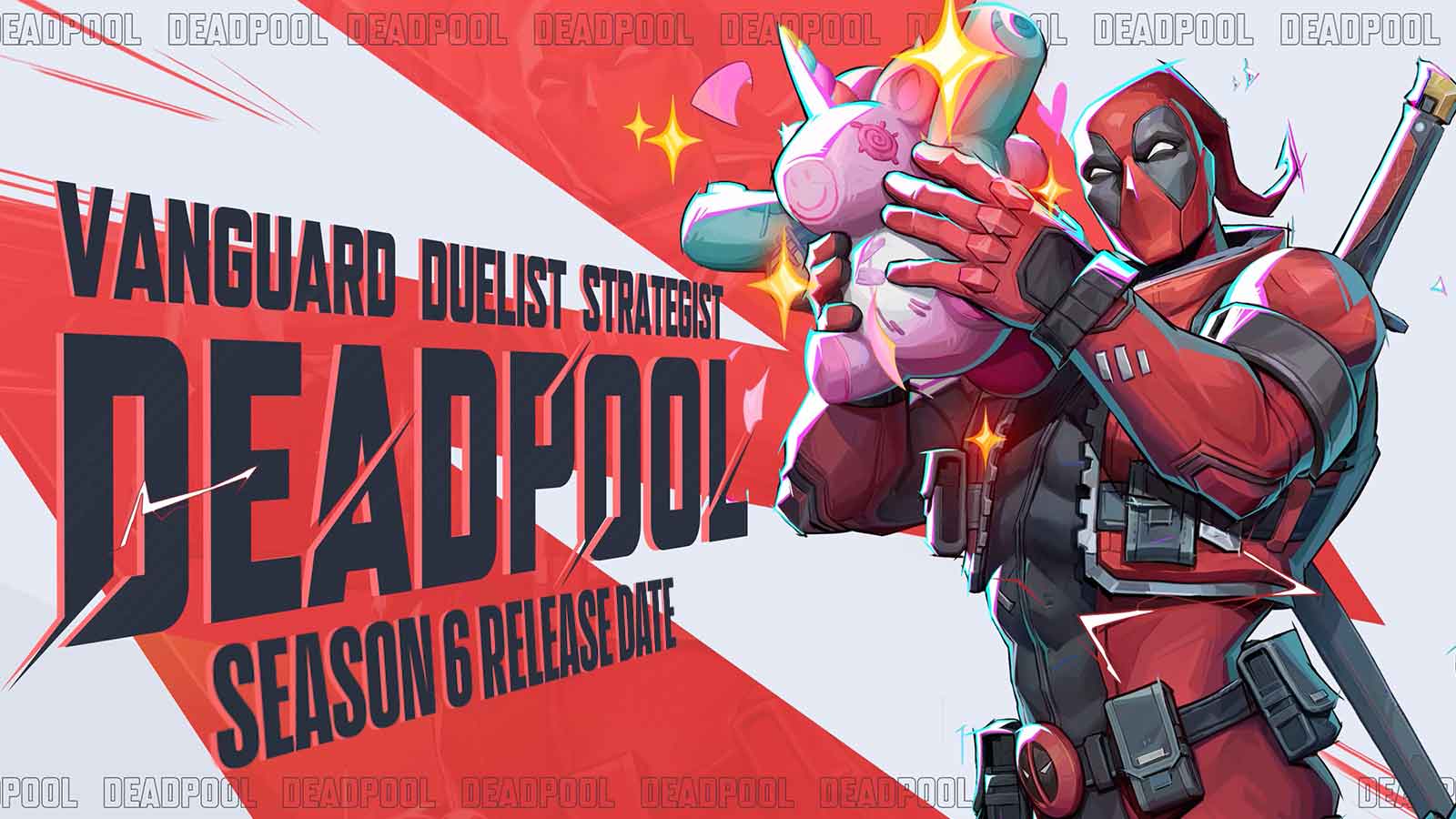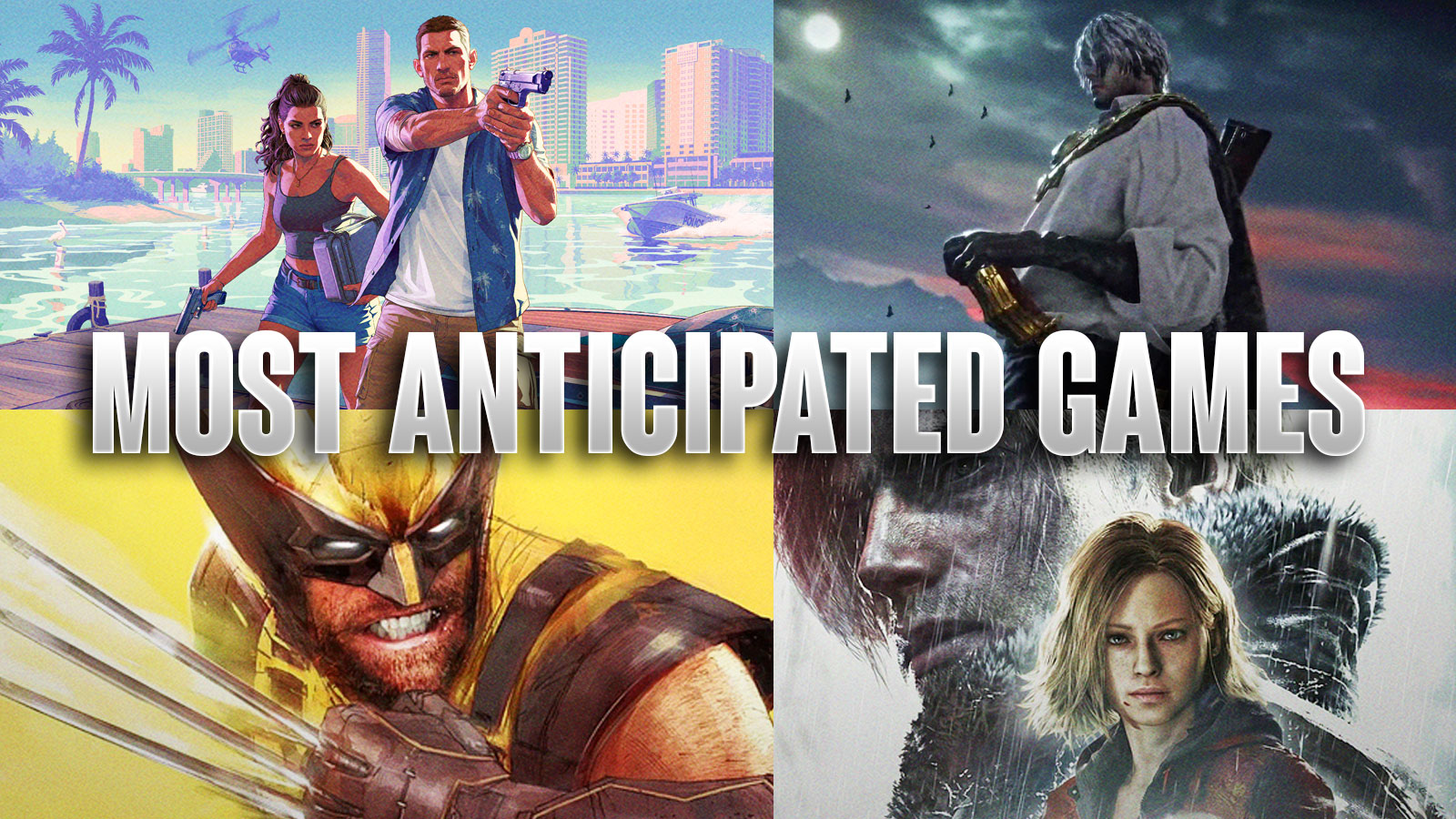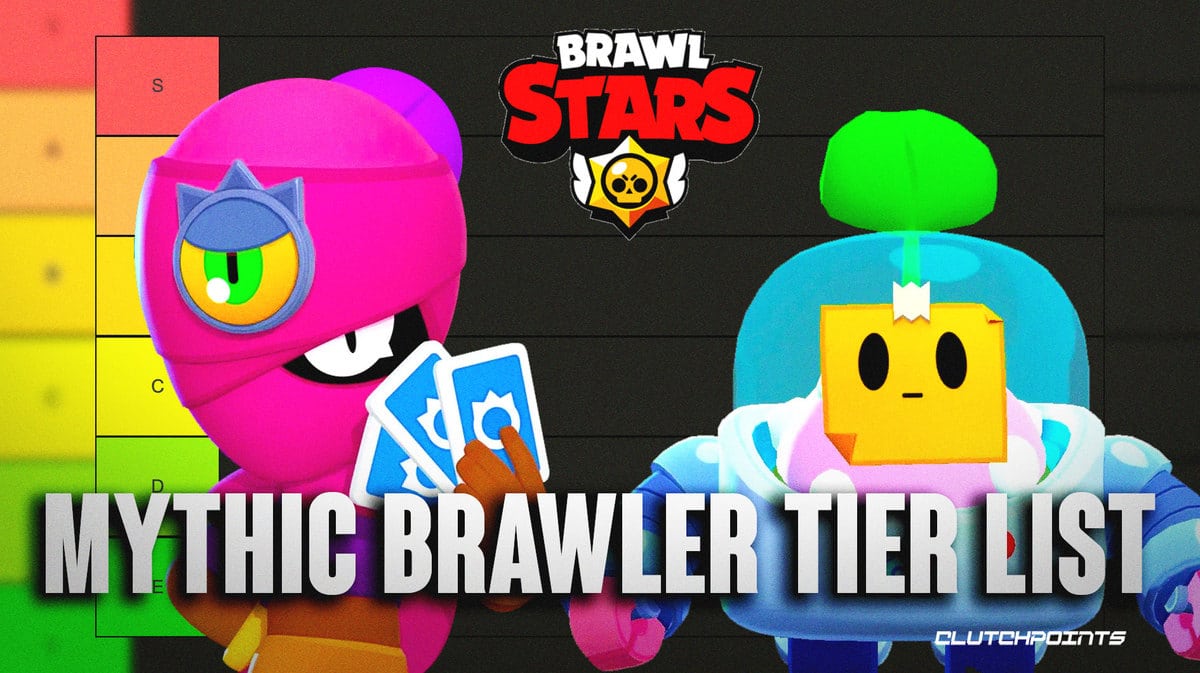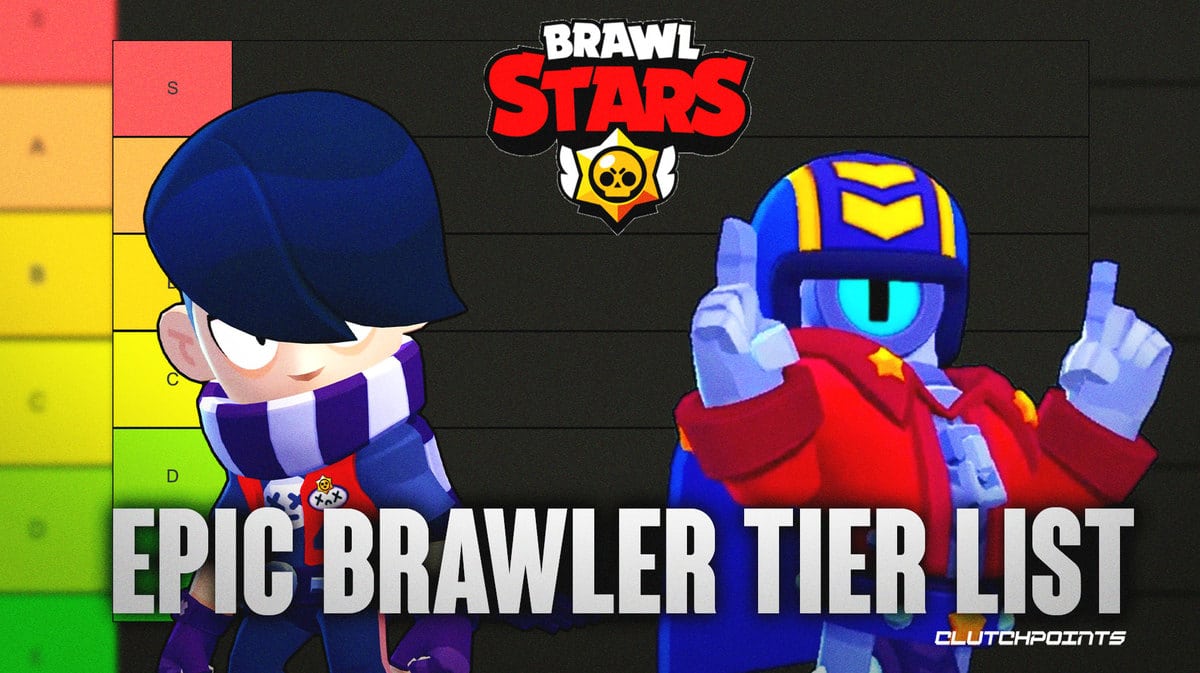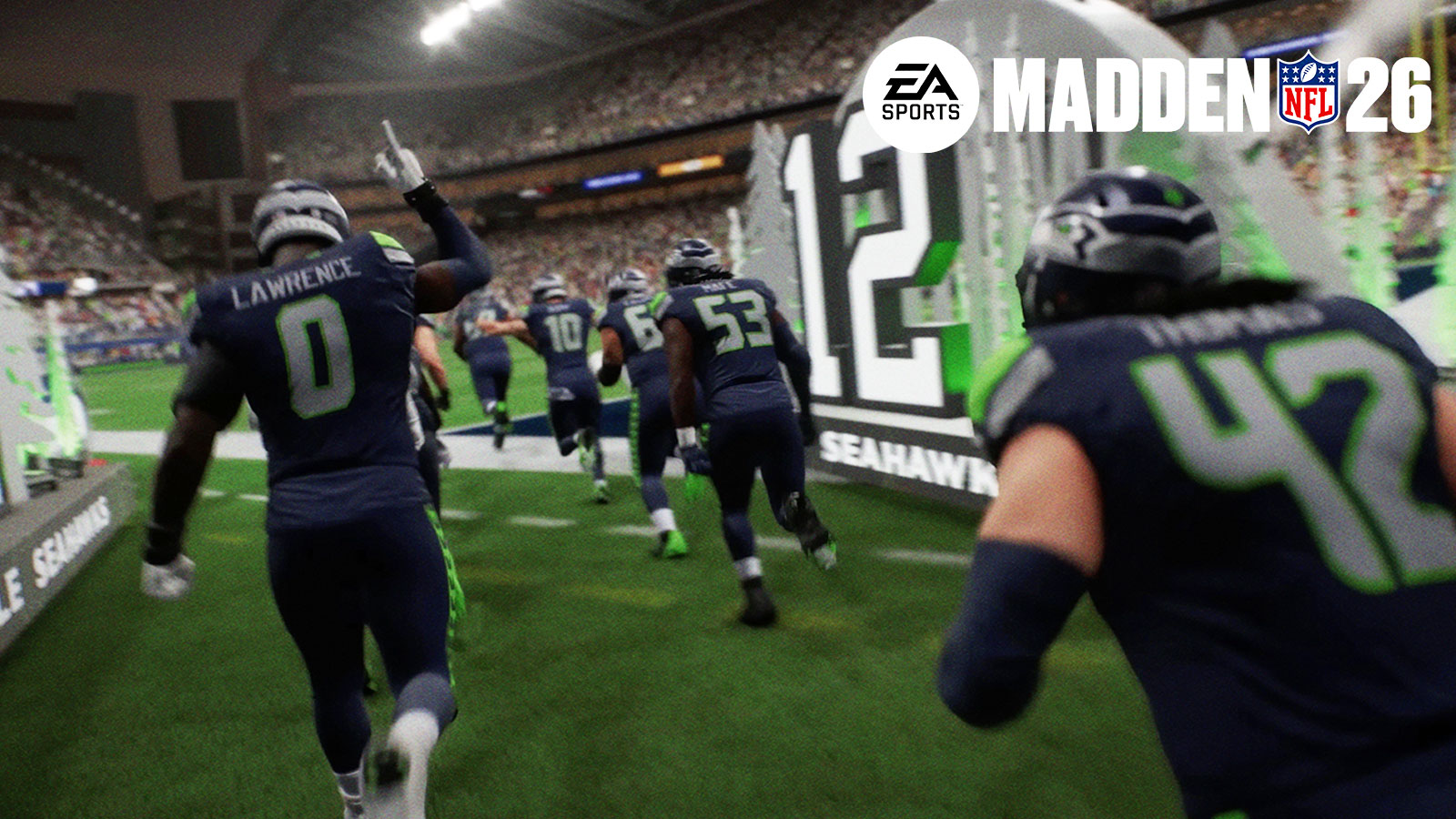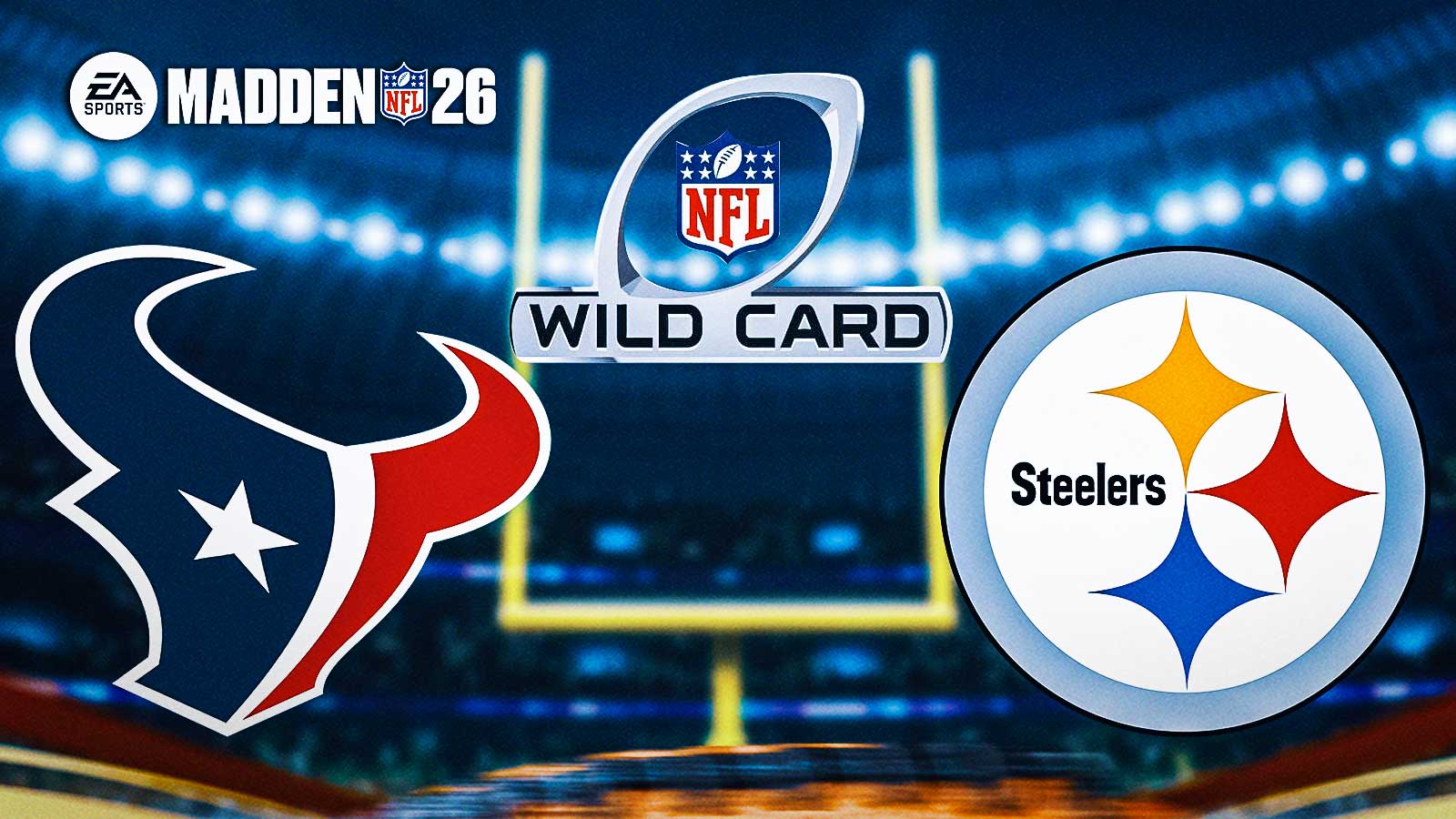Skull and Bones arrives after more than a decade of anticipation. A game over-encumbered by lofty expectations and, sometimes, underserved comparisons, it's a game that had a very high bar set before it. For better or for worse, the game is finally out and we're ready to play it, but with a hefty $70 price tag, a lot of players, even the most hardcore of pirate fans, think twice about buying the game. So, with the copies of the game we have, we wrote this Skull and Bones review. We give our thoughts about the game, fairly giving Skull and Bones a chance to shine from first-hand experience, and let you know whether or not the reservations about the game are warranted, or if the game deserves to be played despite all the noise surrounding it.
Skull and Bones Review: What is Skull and Bones?
Skull and Bones is a sandbox open-world naval combat pirate game, developed by Ubisoft Singapore and published by Ubisoft. It is the studio's first game as lead developer, receiving support from other Ubisoft studios. It was released on PC, PS5, Xbox Series X, and Stadia on February 16, 2024.
In Skull and Bones, players take on the role of a pirate captain climbing the ladder towards becoming a Kingpin of the Indian Ocean. To do this, players do the bidding of two existing Kingpins: Captain John Scurlock and Admiral Rahma, to gain power and influence while also amassing wealth and powerful ships under their fleet.
Aside from navigating the turbulent sea, players will also have to play by the intricacies of the power struggle between the regional factions in the game: the Ungwana hunters, the protective Clan of Fara, the rebellious Dominion of Rempah, and the nomadic Sea People, and the foreign powers vying control of the region: the French Compagnie Royale, the Dutch Merchant Company, and the British Trade Alliance. With them, players can trade, do missions for, and exploit to their advantage.
The game features a compressed version of the Indian Ocean with a 620-square-kilometer map that spans the coasts of Africa to the East Indies. Throughout their journey, players will be able to acquire new ships – with a healthy variety of 10 different ships at launch – equip their ships with weapons and furniture, and take on various mission types to help them climb the way up the corporate ladder of piracy. Eventually, they'll get to call themselves Kingpins, displacing their former masters and becoming masters themselves.
Apart from the grounded naval combat and seaside raiding, the game also offers sea monsters for players to hunt down, ghost ships to encounter, and legendary pirate captains to wrest the seas from. All of the game's content is played in an always-online server where players can encounter other pirate captains from across the sea of the internet, joining forces to fight against the more dangerous threats of the high seas or fight against each other for control of trade routes, manufactories, and influence over the map.
Skull and Bones Story
Skull and Bones' story is as simple as you could get. As cookie-cutter as you can be when it comes to a pirate rag-to-riches story. Players survive a fiery naval battle between a pirate fleet and a fleet of British ships. They get discovered by two pirates on a dhow and rescued. Due to the player's apparent background as captain, they immediately get put on top by the two pirates, the first of which becomes the player's First Mate, portrayed by Singaporean actress Caitanya Tan.
After a couple of tutorial missions, the player finds themselves sailing into their first major dock: Sainte-Anne, located at the heart of the Red Isle, considered to be a “pirate paradise.” This dock is controlled by Captain John Scurlock, who quickly takes the fledgling captain in, entrusting to them more and more important missions.
Later on, players will find themselves outgrowing Scurlock and turning to Admiral Rhama, the leader of the dock Telok Penjarah in the East Indies.
All of this, once you're done with them, you'll immediately forget, thanks to the lack of charisma and personality of the characters you interact with. Even your only named crew member, your First Mate Asnah Tayim, has no character arc whatsoever. Everyone you meet in this game is a cardboard cutout that is only there to serve the plot. They don't do anything on their own of any note, nor do they have any relatable traits or get involved in interesting stories.
At no point in the entire main questline did it feel like anything I did as a pirate amounted to anything – it didn't feel like the spheres of influence changed, or that the contributions I make to any faction that I ‘align' with, and I use the term loosely here, help turn the tides of war in their favor at all. I feel like due to the live service and shared nature of the world, this would have been entirely impossible, so the world can't change so much, or else it will affect the experience of other players in the server. It would have been cool to see the control of ports change hands, or become more affiliated with one faction and become more wanted by another due to the missions you take on, but we eventually learned that none of our activities have any long-term consequences.
Even when you get to choose a dialogue option when interacting with quest givers, which, by the way, happens often, your choice of answer does not affect how the conversation goes. You will receive the same quest regardless of what you answer, and at that point, you'll wonder what the point of your choosing was there in the first place.
Sadly, the side quests also feel as hollow as the main quest. There aren't any long-running quest line that has a satisfying payoff, story-wise. If you're looking for a game with engaging stories and intriguing twists and turns, then Skull and Bones won't scratch that itch for you. But that's fine, as long as the gameplay holds up.
Skull and Bones Gameplay
The core gameplay loop of Skull and Bones works well enough to feed into its own system, getting players into a cycle that can hook them in. Missions players take on will rack up in difficulty as they progress through the game's infamy system, an experience-based ranking that sees players increase in reputation, opening up new missions and unlocking new weapons and ships. With the increase in difficulty comes the necessity to gather relevant materials and silver to build new ships and craft new weapons. Overcoming the latest challenge will open up new missions that will even be more difficult, and so the process begins anew.
Thankfully, the game has multiple mission types for players to take part in, although the more interesting ones are unlocked in the post-game, and some of the more interesting ones aren't coming until when Season 1 launches a month from now. Post-game content includes both PvP and PvPvE, new world events, and new rewards like loot and cosmetics.
Halfway through the main campaign, players will gain access to The Helm, an office that serves as headquarters for your smuggling network. Through the Helm, the player can control the production of controlled manufactories and take on daily quests to ensure that the manufactories have the materials needed to produce their products. It's supposed to be your game's main business management simulation, but overall I am dissatisfied with this side activity's shallowness.
Every now and then, players can also participate in the PvP activity, which thankfully is an opt-in event, so you don't have to worry about getting PK'ed or player killed out of nowhere. This PvP activity is called Cutthroat Cargo. In this mode, a player who finds the Cutthroat Cargo Treasure Map gets marked. Everyone else in the server gets the prompt to join in, and if they do, they will be able to see the treasure map and the ship or player carrying it marked on their map. The objective is to gain control of the treasure map and proceed to the location designated on the map, avoiding getting sunk by other players in the process.
For me, the most fun activities in the game are its PvE offerings: hunting large sea creatures and ghost ships. There is one of each available in the game at launch, with more coming soon when Year 1 of Skull and Bones goes into full swing. Challenging a ghost ship or a monstrous sea creature is nearly impossible going solo, so it's important to group up to take them down and get the unique loot they offer. Sadly, it's hard to get other players to join you in activities, as sometimes my calls for help are ignored by other players as they go on about their own way. But when other players do join in, usually as they pass by or go to the location I'm hunting in on their own volition, it's great fun. The satisfaction of taking down sea creatures and ghost ships with other players is the peak of this game so far, and it's by far the most exciting post-launch content to look forward to.
Exploring the two docks and many of the game's explorable islands is also a waste of time. I can't count the many instances where I felt like the game would have benefited if instead of a hub, it only featured a simple menu instead. To give you context, the game's different merchants are sprawled around a lifeless hub, wasting your time walking from one place to another. If only exploration was more fun, if there was more interaction to be had in the islands, or even NPCs worth talking to, this would have been fine. However, the resulting product feels like something the developers just added because they knew they would have been criticized if there was no point in the game where players set their feet on land. What we end up getting, instead of a fun land exploration side activity, is a dull glorified menu.
Thankfully, once you set sail and get into combat, you're in for some fun. Sure, it's very rudimentary when it comes to combat, but that's part of its charm. It's not a complicated mess, but rather a simple point-and-shoot affair. There's also a good variety of weapons that allow for some semblance of tactics when shooting at other ships and protecting your own, but it's an easy enough system to dive into and enjoy without putting much thought into it. Some battles feel like a slog because naval combat in this game always boils down to who could get the opponent's ship's health down to zero first as you trade cannonballs, but sinking ships always feels satisfying. Despite that, I'd always question the game design decision to introduce a stamina system – used to balance your sailing speed and defense against oncoming attacks – in a naval combat game.
It's a shame that boarding enemy ships is dumbed down to just a cutscene in this game and that you can't keep the ships you capture. It also sucks that hitting enemy ships with your cannonballs doesn't have the oompf that it should have – like hitting their sails won't have the graphical feedback of the sails getting ripped or torn asunder, or how splinters do separate from the ship as cannons hit the deck, but the deck doesn't get visibly battered by the impact.
Most of my complaints about the game, I admit, are due to my expectations. I grew up playing great pirate games – games that are hard to emulate, and much more to surpass. When I first played Skull and Bones, it bored me to death that it made me replay Sid Meier's Pirates and Assassin's Creed Black Flag. Those games scratch the pirate adventure itch that I have. Admittedly, it took me a long time to write this review because I kept coming back to those older games for my pirate fix. But when taken on its own, Skull and Bones can stand proud as a good enough game, especially in multiplayer.
However, a lot of its shortcomings come either from the game's lack of ambition or not living up to its full potential. The gap between what this game could have been is far from what it is now, and while the game now is decent enough, it is simply overshadowed by its own potential.
When I think of pirate games, the activities that come to mind include swashbuckling, boarding enemy ships and adding them to my fleet, commanding multiple ships in a fleet, managing my crew, exploring islands for possible treasure, and trying not to get caught by privateers and navy officers. None of these sadly make it into this game, and I think that any of these would have been great additions to Skull and Bones. The engine itself that runs Skull and Bones should be able to carry these activities somewhere down the line, should Ubisoft feel so inclined to add them in future content updates, but I have very little hope it'll happen.
Skull and Bones Graphics
Many people have already said that for a game nearly a decade to produce, this game doesn't stand up to the standards of games that came out back in 2017 when this game was first announced. I felt this the most in the game's graphics. Not that it's bad, mind you. But this game came out only on PC, PS5, and Xbox Series X. I've seen games that looked better on the PS4 and Xbox One.
From the animation to the lip sync, the game has just Double-A production written all over it. Sure, the ships are highly detailed and are nice to look at, but the character models are not as good-looking as you'd like them to be. Cosmetics are also wasted on your captain's avatar as you barely see them in action anyway. Double that for your ship, because you can't even walk on your deck or show off your ship to your friends by letting them ride on yours.
Harkening back to another complaint I had earlier, I dislike that the ship models in the game are not destructible. The game's physics engine just wasn't built for that, I think. It would have been fun if the ships would visibly get damaged as you hit them, or if different kinds of ammunition would result in a different-looking impact, but they are all dull and the same. It would have felt much more satisfying to make a hit if the models were destructible and reactive to their environment.
The docks and islands themselves do look the part, and a lot of effort has been put into making them feel like lively, bustling ports. It's just that the contents of these explorable landscapes don't match up with the presentation. For example, the docks are supposed to be the center of activity for the high seas, yet you barely see any activity being done by the NPCs. They either just stand around doing nothing or walk aimlessly. In short, these places don't feel like they are lived in at all. They feel barren, but it's not the fault of the art department.
There are also some well-designed islands to find. You can sometimes spot an island that is shaped like a dragon, or even spot a Giant Buddha against a cliff, and these are some interesting points of interest that are a joy to discover.
There are moments in the game that feel majestic, graphics-wise, and all of these happen while you're at sea. I like it when there's a storm brewing in one part of the ocean, and the other part is all sunny and vibrant. Sit in the middle of this, and you'll see a nice contrast of light and dark, teasing you with the full spectrum of Skull and Bones' graphical capabilities. Working through fog and rain isn't that fun, but they feel believable and consistent that you'll get used to them eventually.
Overall, though, the game doesn't seem to push the envelope when it comes to what the PS5 or the Xbox Series X could handle. In fact, I think this game would just run fine on previous-gen consoles.
Skull and Bones Music and Sound Design
Naval combat is saved by the sound department. The oompf that I was talking about earlier is delivered entirely by this game's cannon sounds. The sound of impact is your only reliable feedback, aside from the opponent's ship's health bar, that your shots hit the target. The symphony of cannonballs raining over the waters always adds energy to an otherwise dull game. The game's music also reaches a fever pitch in these instances, but sadly that's the end of the line when it comes to that.
The game could use a lot more background music. The ports feel dead and traveling across the ocean feels dreary because of the lack of music. It's weird since Ubisoft knew that people would want to hear some sea shanties here, so they commissioned 30 sea shanties to be made specifically for the game, only to relegate them to “radio mode.” The sea shanties are songs that you can tell your crew to sing (and you can't even choose which song they'll sing!) while at sea. They are not sung anywhere else in the world, and your crew will immediately stop singing the soonest you engage in combat.
So in equal parts, the music and sound design makes the game exciting and sleep-inducing. Had there been more music injected into this game, it'd feel more energetic and exciting. But the lack thereof leads to a very monotonous life at sea.
Voice acting is great if not for the terrible lipsync, although you can say that the actors didn't have good material to work on. I felt that they tried their best in what they've been given, but you can only do so much to enliven a tiresome script.
Verdict: Is Skull and Bones a Good Game? Is it Worth Your Time and Money?
Skull and Bones is in a sea of contradictions. It aims to be a pirate game, but it only engages in half of a pirate's life – the sea. It is a game that was in development for more than a decade, yet it fails to meet the standards of games that came out half a decade ago. It's a game that offers you single-player experiences in an always-online environment. It's a game that wants you to experience the beauty of its endgame but has such a tedious path to it that many people will sadly give up before reaching it. From the tedium of collecting resources while at sea to the fact that fast travel is for some reason costing you silver, the game tries so hard in making you hate it for the smallest things.
It's a shame because prior to release, I felt excited about Ubisoft's plans for the game's post-launch content. But now, it will probably take three years' worth of Skull and Bones post-launch content updates to make this game live up to its full potential.
Sure there's some fun to be had here, but the occasional fun I had while playing Skull and Bones for this review are seas apart in terms of frequency. There's just too much missing here than what is offered, and I feel sorry every time I feel like playing a different pirate game when this doesn't satisfy my expectations. I so wanted to love Skull and Bones and have been looking forward to its release since it was first announced, and while I'm sticking with this game for the long run, the potential it didn't live up to will always be at the back of my mind.
To be fair to Skull and Bones, I feel that people would be a lot more forgiving if it weren't made by Ubisoft, and if it was not priced at $70. As a debut title for a decently-sized studio, this is a good first outing for Ubisoft Singapore. However, they also had the support of the entire Ubisoft ecosystem – or rather they should have had that, complete with all the resources and development support they could afford. Expectations for a game of this magnitude cannot be ignored, and giving the game a pass would give the studios and the publisher behind it the wrong message – that mediocrity is fine, and that they can get away with anything they push out the door. There's no room in this world for mediocre $70 games, more so is there room in this world for half-baked games coming from supposedly Quadruple-A studios.
Score: 5/10
Editor's Note: ClutchPoints received PS5 and PC review copies of Skull and Bones to allow us to cover the game. These copies did not, in any way, affect this Skull and Bones review and score.
Stick around for more Skull and Bones content like news, updates, and guides, only here on ClutchPoints Gaming. You can also subscribe to our gaming newsletter to receive our weekly updates on the latest and the most trending articles in gaming and esports.

